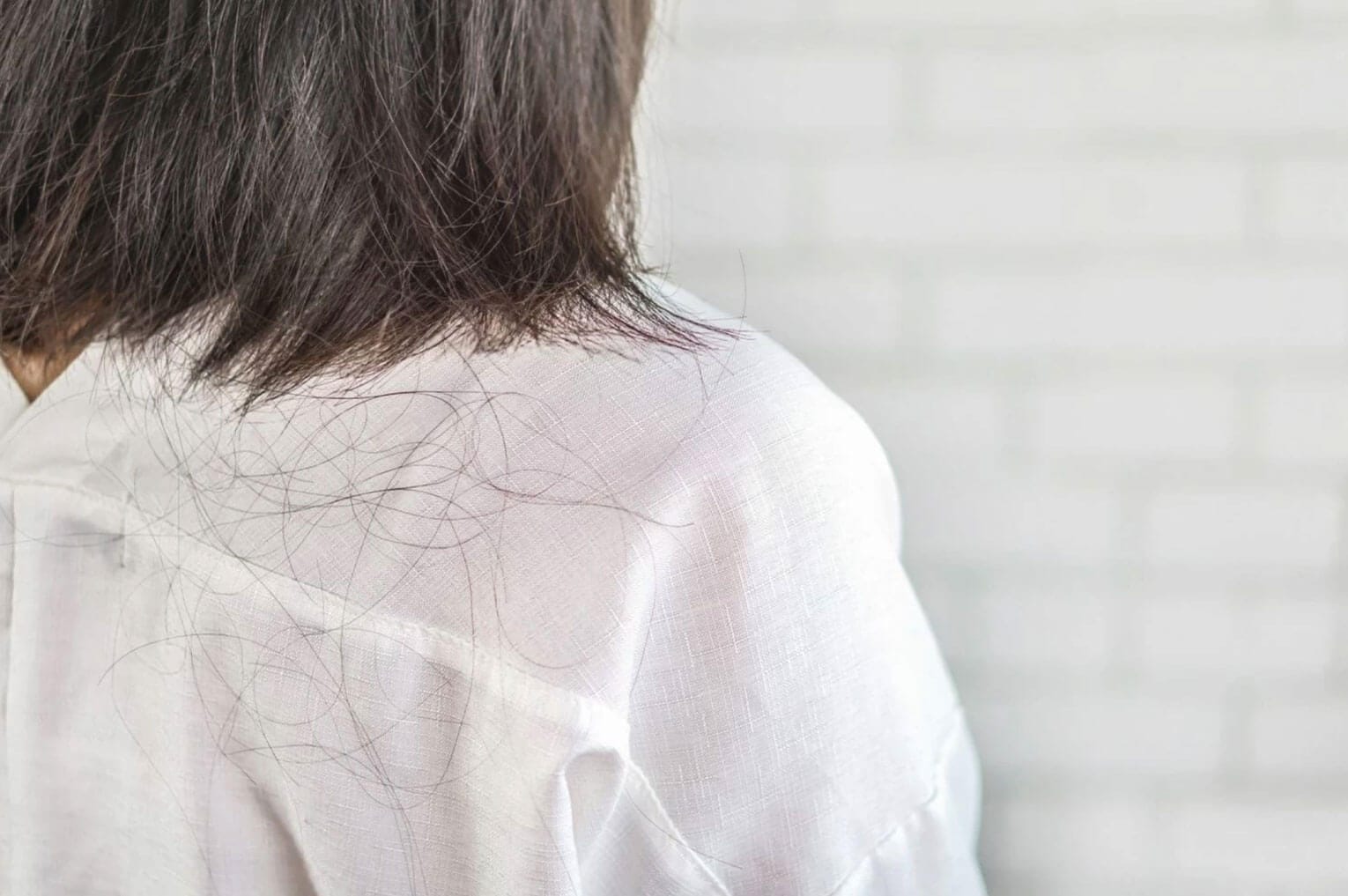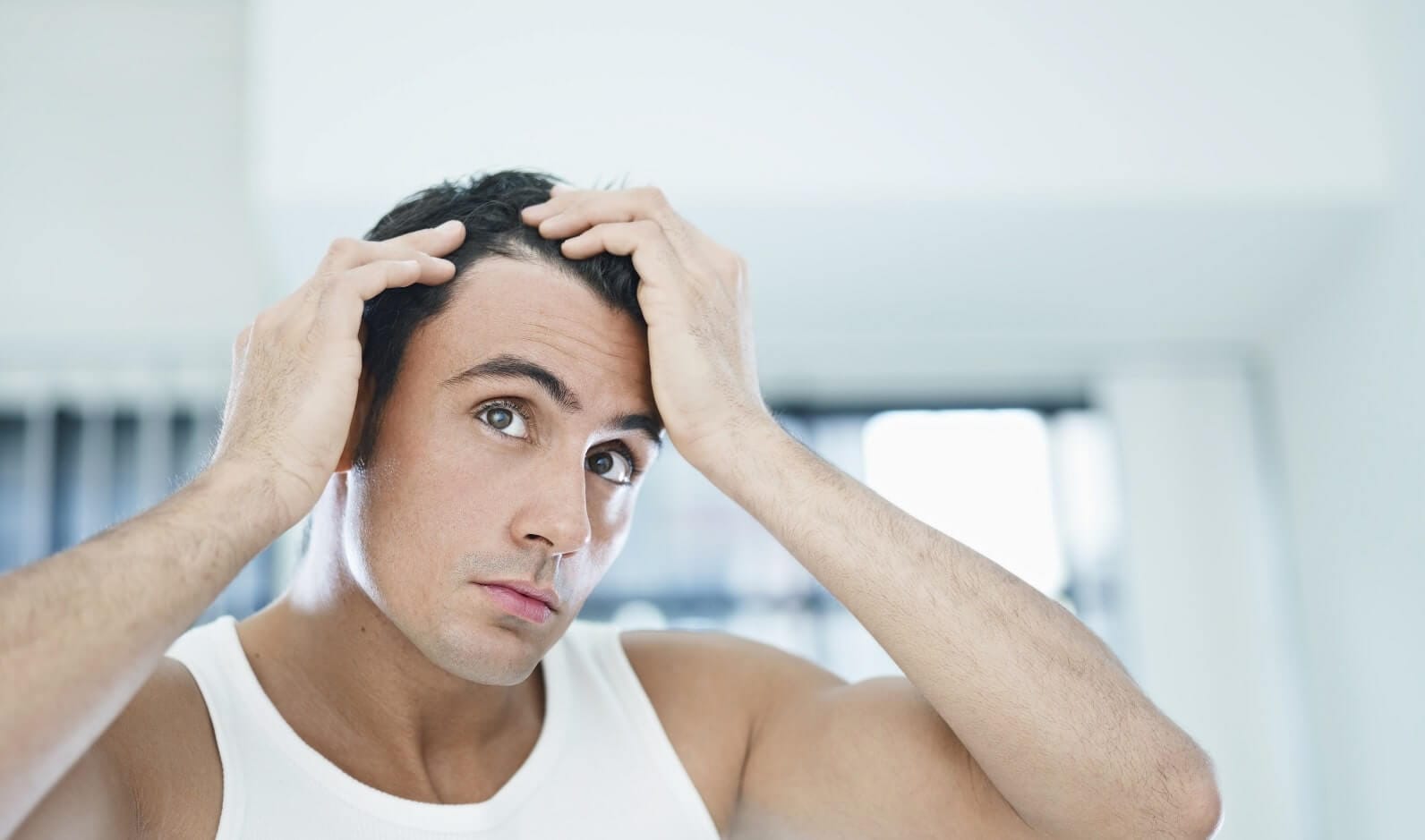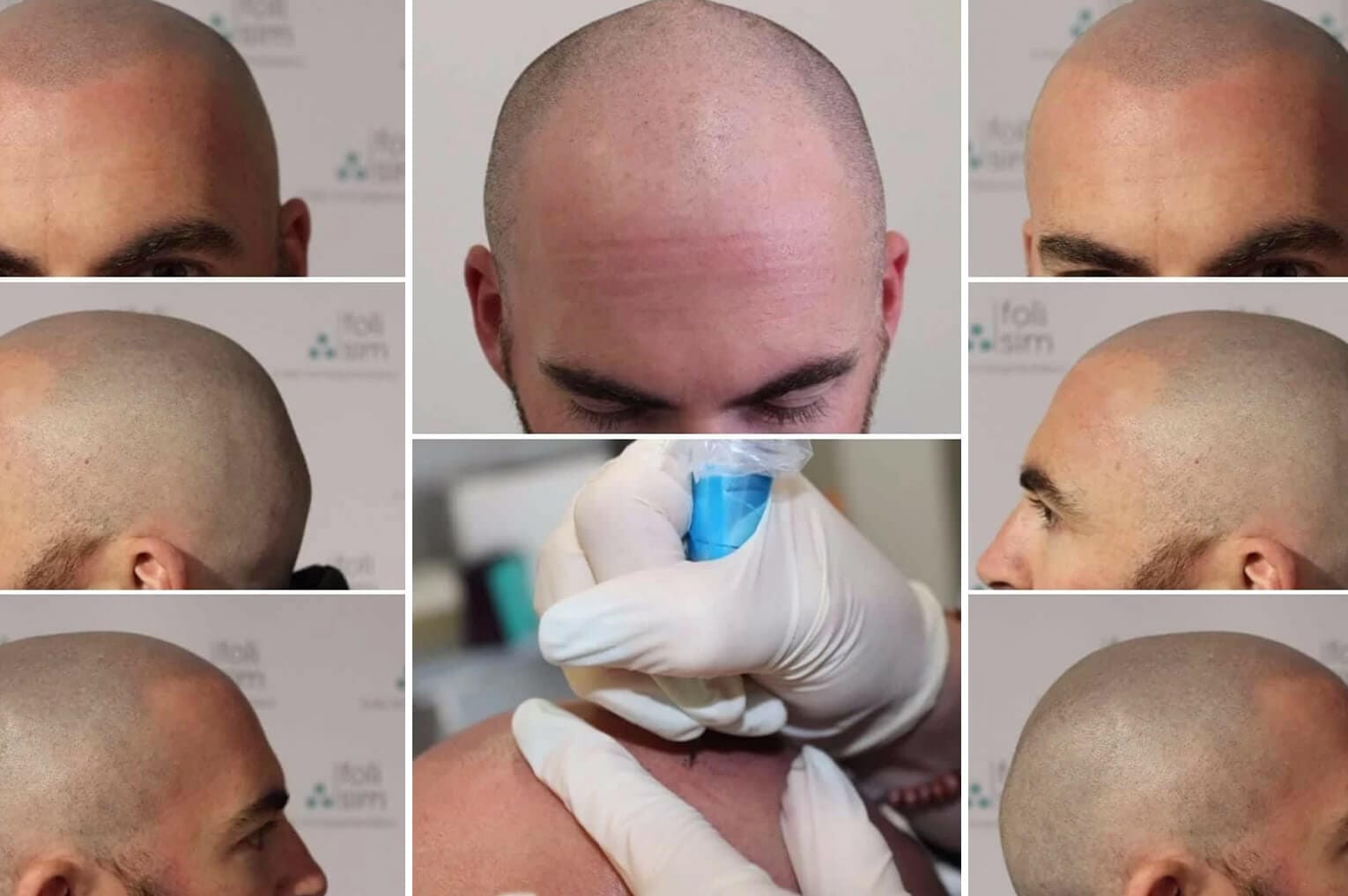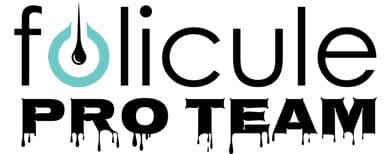While the end of premenstrual syndrome is a welcome reprieve for many women, the onset of menopause often comes with its own unpleasant downsides. Weight gain, hot flushes, excessive fatigue, and mood swings are all fairly common symptoms of menopause. Hair loss is also a real worry for many women; thankfully, there are a few realistic, cost-effective solutions.
Nearly four in ten women experience hair loss during menopause, which can become a serious concern if you find yourself affected. Women tend to gradually lose hair over a wide area of the scalp. It usually begins with thinning, meaning it can go unnoticed for weeks or months until we notice that the shower drain is getting clogged with hair.
There are three main causes of hair loss for women during menopause. Here’s what you can do to alleviate the situation.
Hormones
Hormonal imbalances are common during menopause, with oestrogen and progesterone dropping and testosterone sometimes increasing as a result. These imbalances can weaken hair follicles, which leads to hair loss.
Hormone replacement treatment used to be fairly common for reducing the imbalance, however many health professionals have found that the downsides to hormone replacement therapy far outweigh the benefits. Instead, consider hormone-regulating supplements such as herbal treatments. Speak with your physician for a professional medical opinion.
Reduce Stress
Whether it’s your career or family situation, high levels of stress can lead to stagnant hair growth. To make matters worse, most women will begin to stress about this hair loss, which further exacerbates this vicious cycle.
There are plenty of effective treatments for stress, but naturally you will want to choose a technique that complements your lifestyle and actively works to keep you feeling calm, collected, and relaxed. Meditation, exercise, and yoga are all activities that can regulate blood pressure and reduce stress levels.
Diet
For many women going through menopause, a lack of protein, iron deficiency, lack of vitamin D, and too much vitamin A can all contribute to hair loss. Thankfully, whether you’ve got a full scalp of hair or are just beginning to experience menopause-induced thinning, a healthy diet can help to mitigate shedding, thinning, and hair loss.
There are two solutions which can be used in tandem with one another. Firstly, increase your intake of proteins such as beans, lentils, eggs, fish, and red meat; reduce iron deficiencies by eating more broccoli, raw nuts, spinach, and red meat; increase vitamin D by eating more eggs (including the yolk), salmon, cheese, and tuna; and reduce your vitamin A intake by cutting back on carrots and sweet potatoes.
Hair Loss Treatment Solutions
Fortunately, there are plenty of hair loss treatment solutions on today’s market for women experiencing menopause. These treatments range from topical creams and products such as Rogaine all the way to hair transplants, which can cost tens of thousands of dollars.
One solution that has been gaining a lot of attention in recent years is Scalp Micropigmentation (SMP), or colloquially ‘hair tattoos.’ This method of hair loss treatment can reduce the effects of thinning hair by visually masking patchy areas of the scalp with microscopic tattoos that resemble real, natural hair from close and from afar.
Foli Sim
One of the best ways to achieve safe, lasting and reliable results is SMP hair tattoo. If you’re considering SMP, book your initial free consultation with Foli Sim to discuss your desired outcome, and how we can help you to achieve it.








